Beautiful Story behind Washi Paper
Today we are taking you to a small washi paper studio called “Corsoyard” in a small village surrounded by the beautiful mountains and river in Gifu. We visited there in early autumn of 2019 to meet a young washi paper craftsman Mr. Yuga Arisawa who is known as an origami artist. Origami is the Japanese art of paper folding – the art created with a piece of square sheet of paper. I first came to know him on TV, and what made me very interested in him was that he said the most important thing about origami folding was not about the technique but about the paper. For a good artwork, he needs to “meet” the right paper that inspires him for creativity. However, that kind of chemistry doesn’t happen very often, so he decided to work at Corsoyard as a craftsman to produce the washi paper of inspiration. I got very interested in the washi paper produced at this studio – the washi paper that was inspiring enough for him to move all the way from Hokkaido to Gifu (900km/560mi), so I decided to visit them with my good friend Esther who is in love with Japanese art and culture to learn about their washi paper, to interview Mr. Arisawa, and to make our original washi paper set with them. After about 4 hours of train ride from Tokyo with multiple transfers, we finally arrived at a tiny little unmanned station near the studio. In Japanese, when the air is so clear and refreshing, we say “The air is yummy,” and that was the first thing we said after landing at the station. On the way to the station to the Corsoyard Studio was so beautiful and refreshing as if we came here for hiking. This Mino region in Gifu Prefecture has been known for its high quality washi paper called Mino washi, and its history can be traced to the 8th century. This Nagara River in the below picture, one of the 3 clearest rivers in Japan, has been taking an important role in Mino washi making as it requires very clear water in the process.
After about 4 hours of train ride from Tokyo with multiple transfers, we finally arrived at a tiny little unmanned station near the studio. In Japanese, when the air is so clear and refreshing, we say “The air is yummy,” and that was the first thing we said after landing at the station. On the way to the station to the Corsoyard Studio was so beautiful and refreshing as if we came here for hiking. This Mino region in Gifu Prefecture has been known for its high quality washi paper called Mino washi, and its history can be traced to the 8th century. This Nagara River in the below picture, one of the 3 clearest rivers in Japan, has been taking an important role in Mino washi making as it requires very clear water in the process. After walking by the river for a while enjoying the clear blue sky and “yummy” air, the owner of the studio, Mr. Kenji Sawaki welcomed us. First, Mr. Sawaki took us to the backyard where he grows some plants to make washi paper. There, he had ducks whose job was to eat unwanted insects and fertilize the soil around the plants, and those cute goats (they have few) were there to eat excess of the plants and help to keep the plants healthy.
After walking by the river for a while enjoying the clear blue sky and “yummy” air, the owner of the studio, Mr. Kenji Sawaki welcomed us. First, Mr. Sawaki took us to the backyard where he grows some plants to make washi paper. There, he had ducks whose job was to eat unwanted insects and fertilize the soil around the plants, and those cute goats (they have few) were there to eat excess of the plants and help to keep the plants healthy. He showed us around the studio and explained all the materials, tools, process of washi making and also his love and passion for washi paper. He moved to this village to start his own small studio because this place was the best place for washi paper making. He built his own house right next to the studio and lives with his wife, and we were very surprised because this place is really in the country side (on the way from the station to the studio, we did not see any shops). Esther and I were talking what if our husband told us to move to such a small village with him for something that he is so passionate about? Can we be so understanding? Our answer was that we should first check if there is a stationery shop. Hahaha.
He showed us around the studio and explained all the materials, tools, process of washi making and also his love and passion for washi paper. He moved to this village to start his own small studio because this place was the best place for washi paper making. He built his own house right next to the studio and lives with his wife, and we were very surprised because this place is really in the country side (on the way from the station to the studio, we did not see any shops). Esther and I were talking what if our husband told us to move to such a small village with him for something that he is so passionate about? Can we be so understanding? Our answer was that we should first check if there is a stationery shop. Hahaha.
Today in order to offer washi paper more reasonable, most washi paper is produced all or partly using machines so that they can be mass produced for affordable price. As the quality standard is high, they are still good quality, but they are different from handmade washi paper. It is not which is good or bad. They are both washi paper, but the quality is different. The handmade washi paper produced using the traditional technique and tools with organic materials is different and beautiful.
Here we briefly share what we learned at the studio. Washi paper is normally made of plants, KOZO, MITSUMATA, or GANPI. Paper made of KOZO has strong toughness closer to cloth due to its thick and long fiber, MITSUMATA is known for its soft, thin and strong fibers, so the washi paper made of this plant has smooth surface. GANPI has fiber of thin, short and shiny, and the paper of this plant has smooth shiny surface. Each plant has its season for harvest, so normally plants are harvested in their harvest season and dried and saved until they actually make washi paper. The bark is peeled and bundled together for drying. The first process is to soak the dried bundle of barks in water for 1 day and washi them in soft clean water. After boiling, remove dust from the fiber to make an impeccable paper.
Each plant has its season for harvest, so normally plants are harvested in their harvest season and dried and saved until they actually make washi paper. The bark is peeled and bundled together for drying. The first process is to soak the dried bundle of barks in water for 1 day and washi them in soft clean water. After boiling, remove dust from the fiber to make an impeccable paper. Next step is to produce chemical free mucilage that will help to prevent the fibers to entangle, and mix it with water and pulp (the fibers) and poured on the frame and gently shake the frame several times to make the fibers entangled well. This process requires years of practice until you can make paper with flat surface and even thickness.
Next step is to produce chemical free mucilage that will help to prevent the fibers to entangle, and mix it with water and pulp (the fibers) and poured on the frame and gently shake the frame several times to make the fibers entangled well. This process requires years of practice until you can make paper with flat surface and even thickness. The paper is compressed to remove water, and then separate each sheet of paper from the pile. If the content of water is too much or too less, the strength of paper differs, and also the process of separating each sheet from the pile is very delicate as the paper can be winkled easily.
The paper is compressed to remove water, and then separate each sheet of paper from the pile. If the content of water is too much or too less, the strength of paper differs, and also the process of separating each sheet from the pile is very delicate as the paper can be winkled easily.




 The paper is placed on a wooden board and flattened by gently brushing with a horse hair brush. The paper is dried under the sun like in the picture below. Most washi paper today are dried using a special drier for washi paper so that it can be dried even on the rainy days and also faster, but the quality is different from the washi paper dried under the sun. Because the paper dried using the drier loses moisture between the fibers more and faster because it is dried with heat, therefore the paper becomes strong but also hard whereas the paper dried under the sun gradually lose the moisture and therefore the paper becomes soft but still very strong. The time of natural drying is adjusted by the humidity.
The paper is placed on a wooden board and flattened by gently brushing with a horse hair brush. The paper is dried under the sun like in the picture below. Most washi paper today are dried using a special drier for washi paper so that it can be dried even on the rainy days and also faster, but the quality is different from the washi paper dried under the sun. Because the paper dried using the drier loses moisture between the fibers more and faster because it is dried with heat, therefore the paper becomes strong but also hard whereas the paper dried under the sun gradually lose the moisture and therefore the paper becomes soft but still very strong. The time of natural drying is adjusted by the humidity. We asked Mr. Sawaki what the most difficult thing about his work, and he said "It's to keep the business. We work with nature, so things often don't go as planned especially with climate. If it rains for days, we can't dry the paper, and as a maker, no finished product means no income. This is why many washi paper companies now use special machine so that they can keep the business more productively, but I love making handmade washi paper in the traditional way. It is just a paper after all, but paper I want to make is not just "some" paper but "the" paper - the paper that inspires you.
We asked Mr. Sawaki what the most difficult thing about his work, and he said "It's to keep the business. We work with nature, so things often don't go as planned especially with climate. If it rains for days, we can't dry the paper, and as a maker, no finished product means no income. This is why many washi paper companies now use special machine so that they can keep the business more productively, but I love making handmade washi paper in the traditional way. It is just a paper after all, but paper I want to make is not just "some" paper but "the" paper - the paper that inspires you.
After hearing and seeing the process from the very beginning - planting the plants, we felt it was the job of passion, and without that it would be difficult to be so professional. We agree. It is just a paper after all, but people who love paper seek something special behind the paper, not only the quality but also the story behind the paper.
Now, we want to introduce Mr. Yuga Arisawa! Yuga Arisawa is still in his early 20s, but he already has 10 years of career as an origami artist. In Japan, origami paper is probably the first paper you meet, and so did Mr. Arisawa. He first met origami folding at the age of 5 at kindergarten, and when he was 12 years old, he met the culture of “Nankai origami” or difficult origami which is considered as an art rather than hobby. This Nankai origami is the origami of creativity. When you do regular origami, you normally use regular origami of regular paper (often 15cm x 15cm square paper with color on one/both side), and you will have a how-to instruction. The origami what Mr. Arisawa does is the origami without instructions. He creates something new using different color, size, texture of paper without instruction. Since it is an art, the paper takes an important role to express the art. I asked, “I saw on TV that you became washi paper craftsman for origami art. What made you decide that?” Mr. Arisawa said, “Well, firstly origami artist is not a stable job that I can depend on. For example, this dragon I created was priced for US$10,000. You may think oh my goodness it’s so expensive, right? But how about if you know that it took me full 5 years to create this without instruction from flat paper? You can make more than $10,000 in 5 years if you have another job. Hahaha. Origami art is like this. Until you can become a full-time origami artist, you have a long way to go. But I wanted to do something related to origami, so I decided to work at this studio.”
I asked, “I saw on TV that you became washi paper craftsman for origami art. What made you decide that?” Mr. Arisawa said, “Well, firstly origami artist is not a stable job that I can depend on. For example, this dragon I created was priced for US$10,000. You may think oh my goodness it’s so expensive, right? But how about if you know that it took me full 5 years to create this without instruction from flat paper? You can make more than $10,000 in 5 years if you have another job. Hahaha. Origami art is like this. Until you can become a full-time origami artist, you have a long way to go. But I wanted to do something related to origami, so I decided to work at this studio.”
I asked, “How do you decide what to make since there is no how-to instruction for your creation?” Mr. Arisawa said, “Unless it is a job that I am already assigned to create something specific, I normally don’t decide what to create. Instead, I look for good paper. I have a huge collection of paper at home. Please look at the paper I used for this dragon. It is a rough strong thick handmade washi paper. If you keep looking at it, don’t you feel the strong power of dragon from the paper?

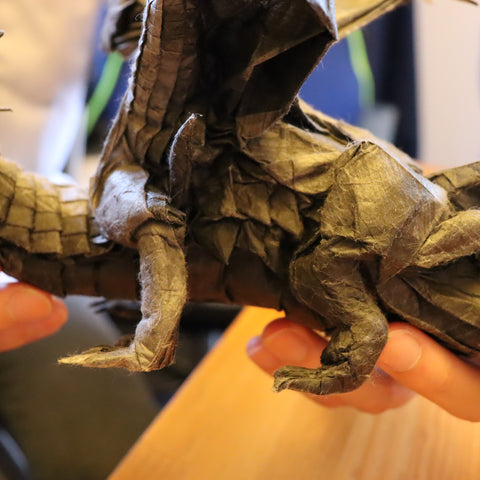

 So like this, I normally look, touch and feel the paper to expand my creativity in my mind, and when I feel the chemistry with that paper, next moment I find myself folding the paper. As there is no instruction, at first I just fold randomly. Then I might realize, oh maybe I can use this part as a dragon tail? The creativity is so random. They just come out through my fingers.”
So like this, I normally look, touch and feel the paper to expand my creativity in my mind, and when I feel the chemistry with that paper, next moment I find myself folding the paper. As there is no instruction, at first I just fold randomly. Then I might realize, oh maybe I can use this part as a dragon tail? The creativity is so random. They just come out through my fingers.”
I asked, “Is there any specific paper that you love to use?” He said, “I don’t have preference as long as it gives me inspiration, but I love handmade washi paper because it has very good softness while it has great strength. As you can see from this dragon, I have to fold the paper so many times which means that the paper has to be strong enough for my art. As there is no instruction, you repeat the process of “fold-unfold” so many times until you create the art. When the paper is not soft and strong enough for being fold so many times, we use the expression of “The paper lose.”
He showed us these origami in the below picture and said, “It shows the brief process of making a cat with a small piece of washi paper made in this studio (5cm x 5cm). There’re 83 lines on this little piece of paper which means that the paper was soft and strong enough to be fold that many times. If you use regular origami paper, you cannot make this cat with this size of paper because the paper is not soft. Every single folding is calculated so it has to be perfectly folded without being damaged to add perfect line to the paper. Even 1mm of error makes a huge difference after over 80 times folding. It can give wrinkles to cat’s face or body. It has to be perfectly perfect to create the cat I want.”
Every single folding is calculated so it has to be perfectly folded without being damaged to add perfect line to the paper. Even 1mm of error makes a huge difference after over 80 times folding. It can give wrinkles to cat’s face or body. It has to be perfectly perfect to create the cat I want.”
We had so much fun at the studio learning about washi paper and origami art. They asked what kind of washi paper products we wanted them to make, and I said I wanted a set of high quality washi paper, to simply enjoy the paper. Something that you can experience and feel the inspiration from the paper. They said, all different paper? And I said yes!
Then he showed us different washi paper samples for us to choose, and even offered to do something unique to the paper. First, they said they can die some of the papers with coffee! And then they said they can make a washi paper 祝儀袋 (shugi bukuro) which is a Japanese traditional paper folded envelope for gift money and tied with also handmade and hand died in red mizuhiki ribbon. Mizuhiki is a knot used for affection, joy or celebration that is welcomed to happen again (the bow can be untied and tied many times which symbolizes "the occasion repeats"). We asked them to leave some plants residue in some paper instead of completely taking them out in the process so that extra "taste" is added to the paper. They said let's make something true handmade!
And today we can finally release our very first organic washi paper set produced in collaboration with Corsoyard! Here is some of the pictures they sent us to show how they died the paper with coffee.

 And the below pictures show these two paper after drying. We love the color so much!! To enjoy the fiber, they used a traditional cutting technique called "水切り (mizukiri)" which literally means "cut by water". You put water to the place you want to cut, and gently tear the wet part to cut the paper. That way, you can see the fiber on the edge.
And the below pictures show these two paper after drying. We love the color so much!! To enjoy the fiber, they used a traditional cutting technique called "水切り (mizukiri)" which literally means "cut by water". You put water to the place you want to cut, and gently tear the wet part to cut the paper. That way, you can see the fiber on the edge.
 You can find our beautiful collaboration washi paper set HERE now! We hope you will enjoy the texture, color, sound of their beautiful washi paper!
You can find our beautiful collaboration washi paper set HERE now! We hope you will enjoy the texture, color, sound of their beautiful washi paper!
Thank you very much for reading our travel journal to the washi paper studio Corsoyard. We hope you enjoyed reading it. It was such a fun trip to learn about washi paper and people behind it. After I got home, I realized that I washed Mr. Sawaki’s business card with my clothes. I was ready to see my clothes covered with paper fibers, but what happened was that the business card was just wrinkled. I remembered that he said washi paper was very strong with water. In the old times there were lots of fires as the houses back then were built with wood, but because washi paper was very strong with water, people threw their important documents like accounting book in the well so that once the fire was put out people got the book out from the well and dried. They could still read the writing in there. It was an interesting experiment by accident! Hahaha. We hope through our special washi paper set, you will enjoy a little trip to Japan and Japanese culture! Merry Christmas!
We hope through our special washi paper set, you will enjoy a little trip to Japan and Japanese culture! Merry Christmas!
Love, Ayako and Junko
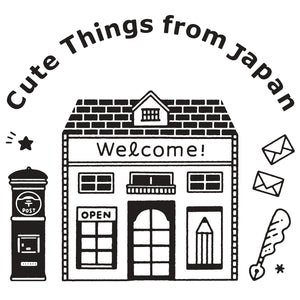
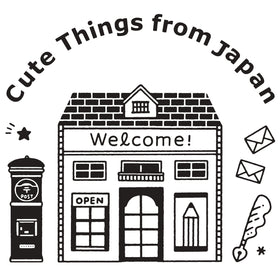

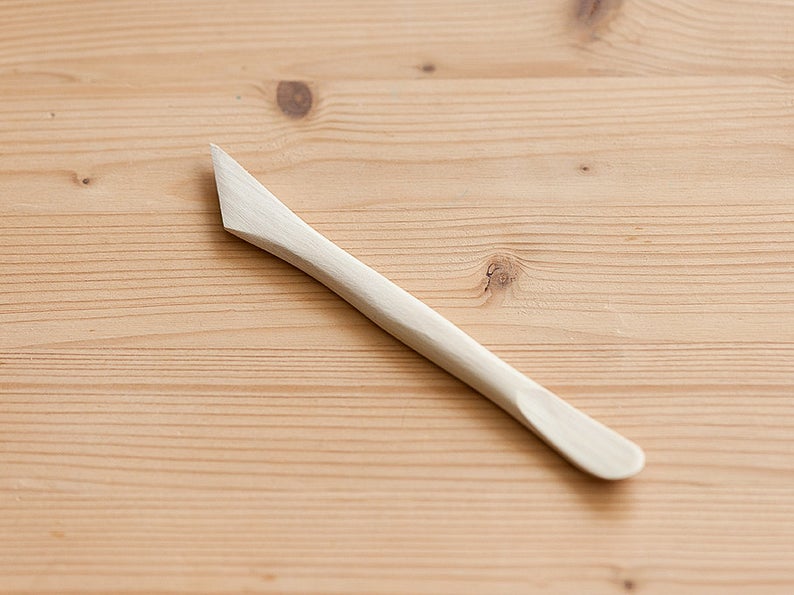
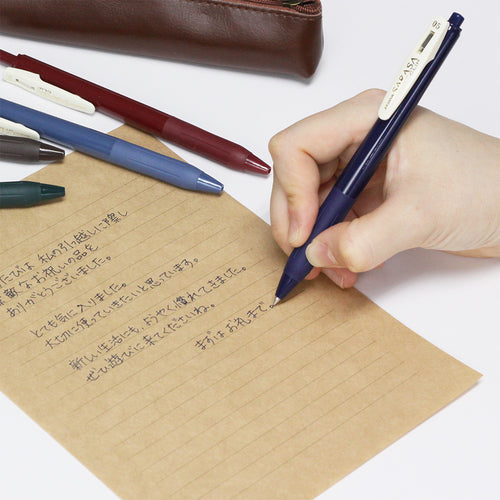
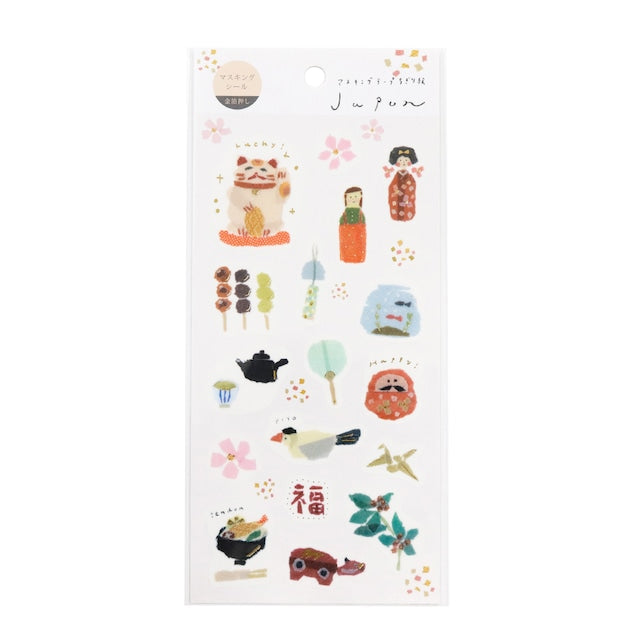
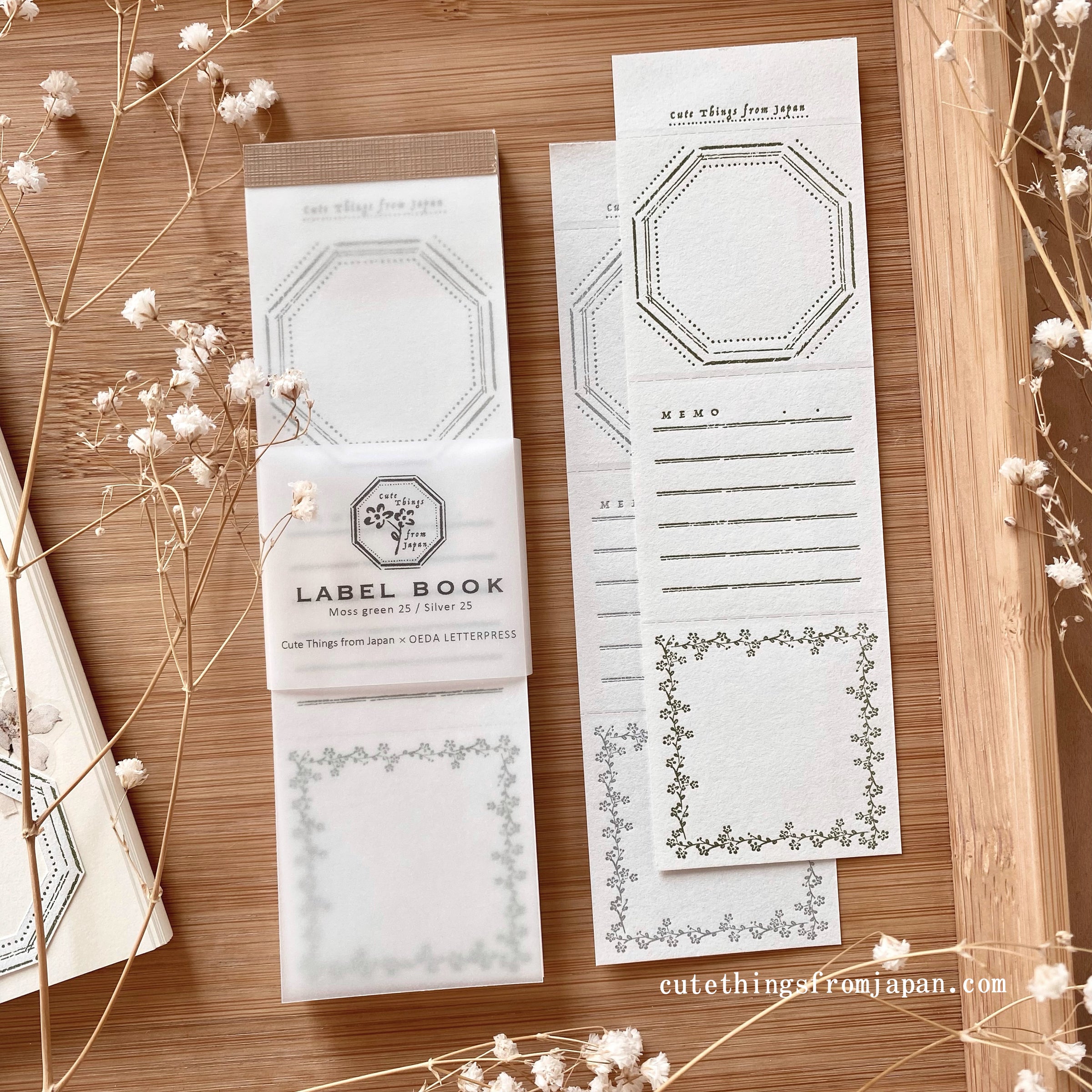
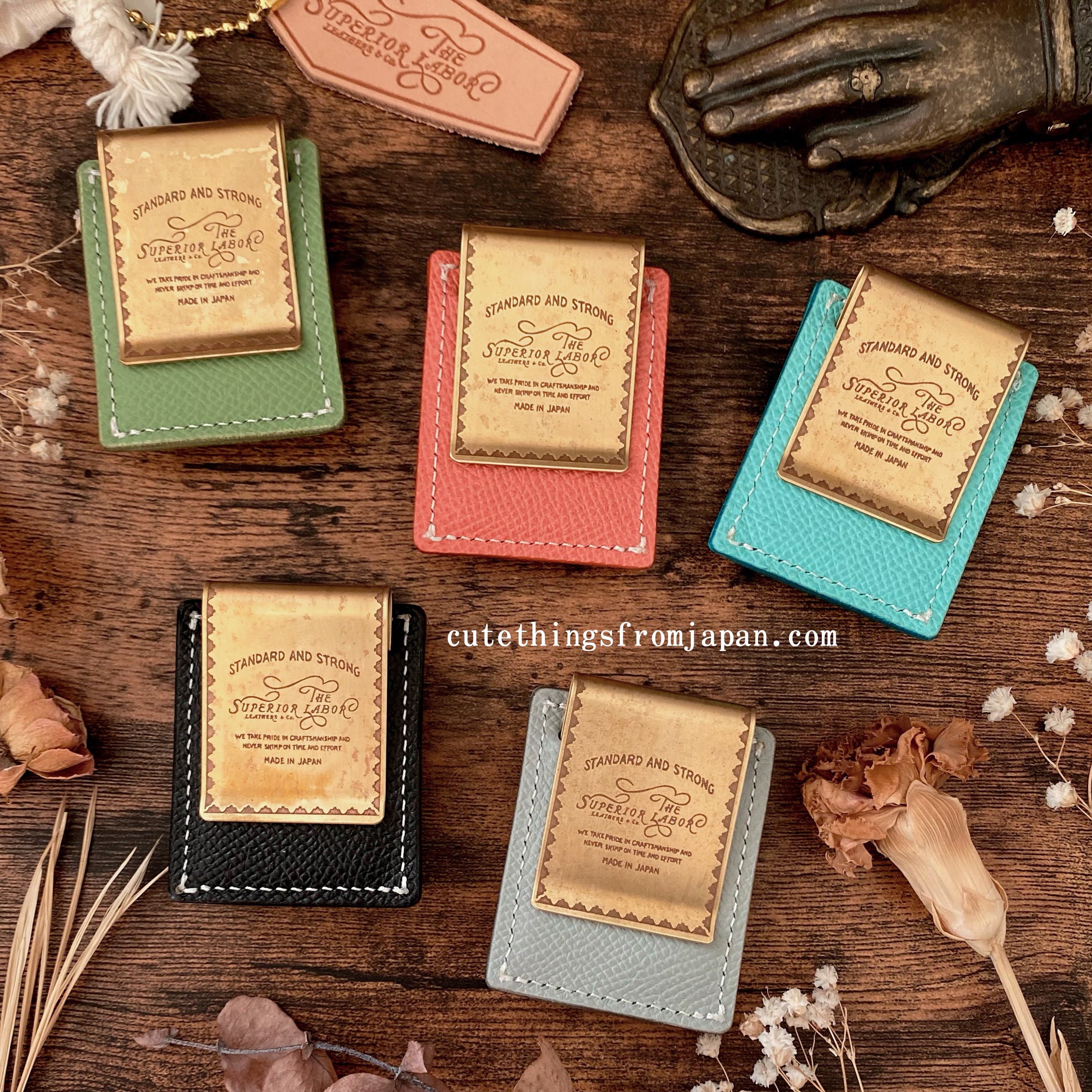
What an interesting story! I enjoyed reading about Mr. Arisawa’s process for making washi. Paper is fascinating.
What a wonderful and educational story! I loved reading about the history and passion that goes into this washi paper and this man’s business.
This was engrossing to read. I have always been fascinated with paper as a pencil artist and recently started learning origami. This gave me an even deeper appreciation for the washi I admire so much. That dragon is magnificent! Mr. Arisawa is a master. Thank you for sharing this info and these photos. Happy to be able to snag some of this beautiful paper for my collection!
Hello Ayako and Junko,
I enjoyed reading your story of your trip to visit the Corsoyard washi paper company. It was inspiring to hear about all the steps it takes to make authentic 100% handmade washi paper.
I have a better appreciation for all the work it takes to make the handmade paper now.
I was also very impressed with Mr. Arisawa and his talent for making origami art. His dragon art piece is magnificent!
Thank you for always sharing your many trips and adventures in finding new products for your store. You tell wonderful stories and I have a greater appreciation for all you do to make your store unique.
Have a Happy Holiday!
Joyce
Leave a comment